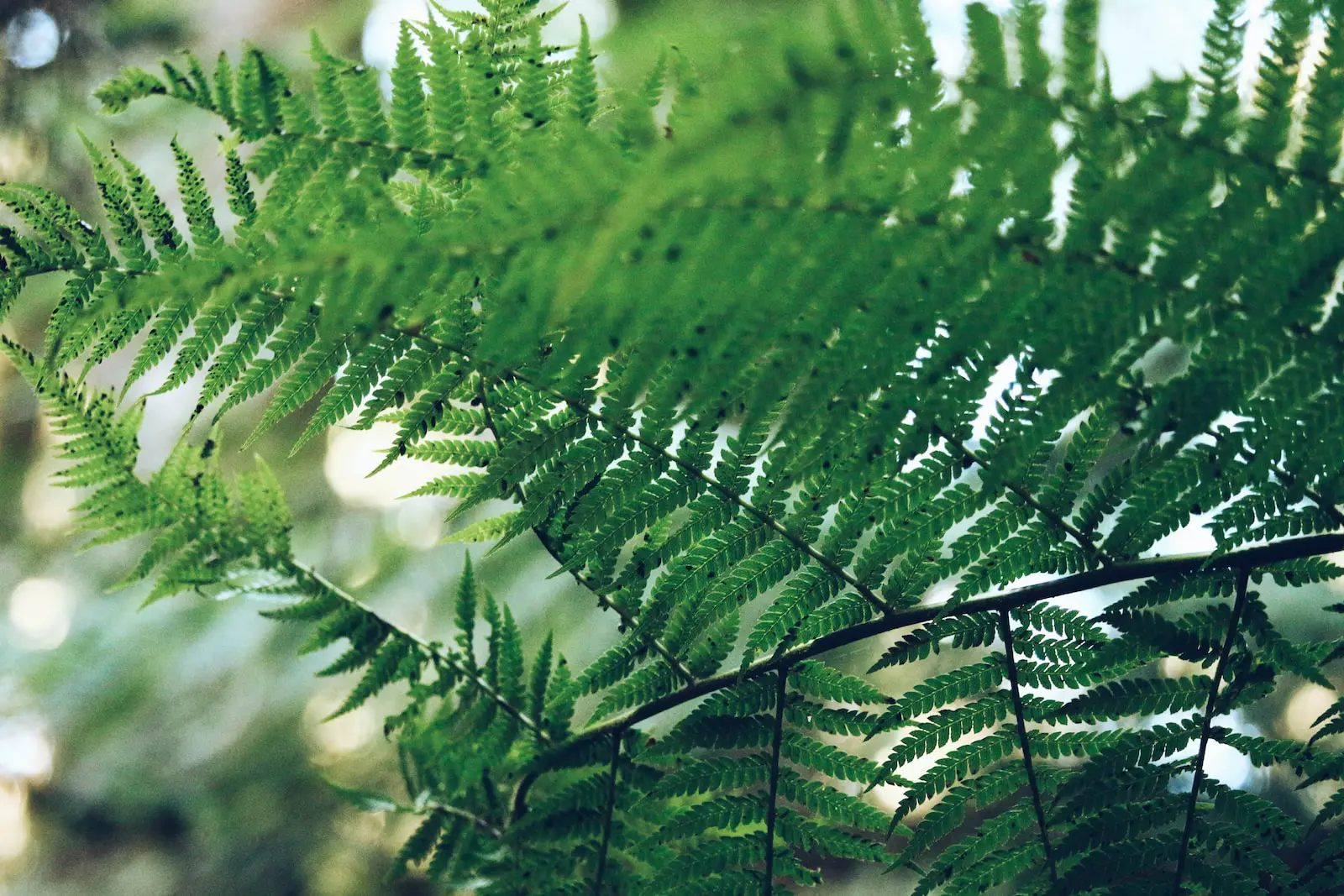The Asparagus Fern is a popular and attractive ornamental plant known for its delicate, feathery foliage. Despite its common name, it is not a true fern but rather a member of the asparagus family. The plant’s graceful arching stems and bright green, needle-like leaves give it a soft and airy appearance.
Native to South Africa, the Asparagus Fern has become a favorite among gardeners and houseplant enthusiasts. It’s often used in hanging baskets, containers, or as a ground cover due to its cascading growth habit. The small white or pinkish flowers and red berries add to its visual appeal, although the berries are toxic if ingested.
One of the appealing aspects of the Asparagus Fern is its versatility and relative ease of care. It can thrive both indoors and out, adapting to various conditions. Its unique texture and growth pattern make it a lovely addition to various landscape or interior designs.
| Attribute | Details |
|---|---|
| Common Names | Asparagus Fern, Foxtail Fern |
| Botanical Name | Asparagus densiflorus |
| Family | Asparagaceae |
| Plant Type | Evergreen Perennial |
| Mature Size | 1-2 feet high and wide |
| Sun Exposure | Partial Shade to Full Sun |
| Soil Type | Well-drained, Loamy Soil |
| Hardiness Zones | 9-11 |
| Native Area | South Africa |
Asparagus Fern Care
Caring for Asparagus Fern is quite straightforward, particularly if the right conditions are met. It prefers well-drained soil and can be grown in a range of light conditions, although partial shade to full sun is ideal. Regular watering during the growing season and less frequent watering in the winter supports healthy growth.
Fertilizing with a balanced liquid fertilizer during the growing season can help maintain its lush appearance. Pruning is typically only necessary to maintain the desired shape or remove dead stems. Understanding the specific needs of the Asparagus Fern and providing consistent care can result in a vibrant and thriving plant.
Light Requirement for Asparagus Fern
Asparagus Fern grows best in partial shade but can adapt to full sun or low light conditions. Too much direct sunlight may cause the foliage to turn yellow, while insufficient light may lead to weak growth and loss of vitality.
Soil Requirements for Asparagus Fern
A well-drained, loamy soil with organic matter is ideal for Asparagus Fern. It prefers a slightly acidic to neutral pH level of 6.5 to 7.5. Proper soil preparation, including adding compost or peat moss, will support optimal growth.
Water Requirements for Asparagus Fern
Regular watering is essential during the growing season, allowing the soil to dry slightly between waterings. In winter, reduce the frequency of watering. Overwatering or letting the plant sit in soggy soil can lead to root rot.
Temperature and Humidity
Asparagus Fern prefers temperatures between 60-75°F and can tolerate higher humidity levels. Indoors, maintaining higher humidity can be beneficial, especially during winter when indoor air tends to be dry.
Fertilizer
A balanced liquid fertilizer applied monthly during the growing season supports the Asparagus Fern’s growth and vigor. Avoid over-fertilizing, as this can cause weak, leggy growth.
Pruning Asparagus Fern
Pruning is generally performed to shape the plant or remove dead or yellowing stems. Cutting back the plant in early spring can encourage new growth and maintain its appearance.
Propagating Asparagus Fern
Propagation is typically done through division, separating the tuberous roots in early spring. This process can rejuvenate an older plant and provide new plants for other areas.
How To Grow Asparagus Fern From Seed
Growing Asparagus Fern from seed is possible but more challenging. Seeds require soaking, stratification, and careful handling. It is a slower and less common method compared to propagation through division.
Common Pests & Plant Diseases
Mealybugs
Mealybugs can be controlled by removing them manually or using insecticidal soap.
Scale Insects
Horticultural oil or insecticidal soap can help manage this pest.
Fusarium Crown and Root Rot
Avoid overwatering and ensure proper drainage to prevent this disease.
Common Problems With Asparagus Fern
Yellowing Foliage
This can be a result of too much direct sunlight or insufficient watering. Adjusting light exposure and watering can correct this issue.
Leggy Growth
Over-fertilizing or insufficient light can cause weak, leggy growth. Adjusting fertilizer application and light exposure can improve the plant’s appearance.
Pro Tips
- Provide consistent watering during the growing season, reducing in winter.
- Place in bright, indirect light for optimal growth.
- Avoid over-fertilizing; follow instructions on the fertilizer label.
- Check for pests regularly, especially if grown indoors.
- Prune as needed to maintain the desired shape or remove dead stems.

